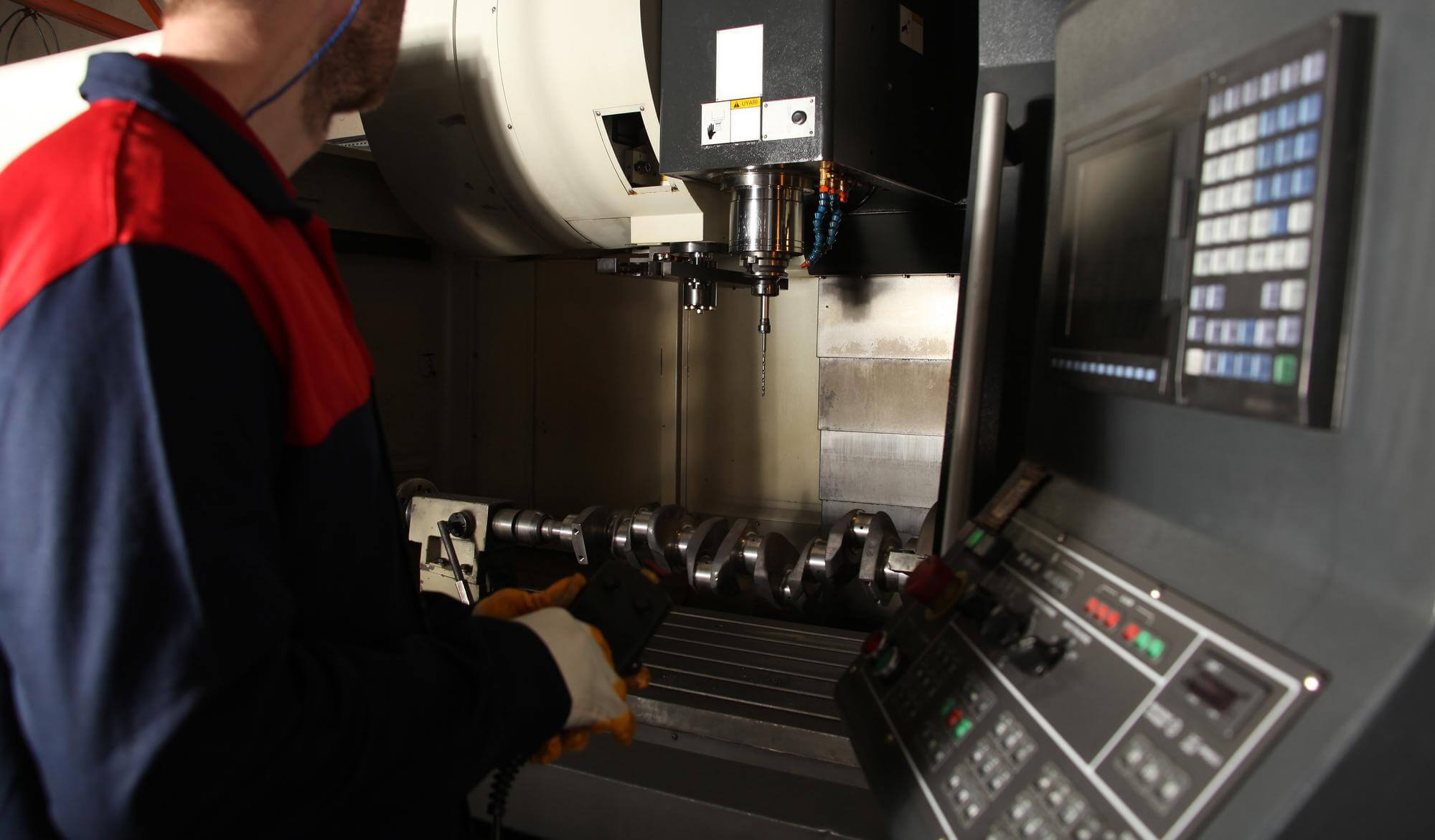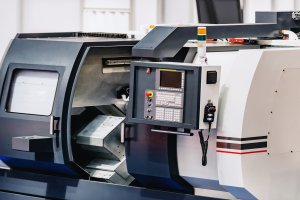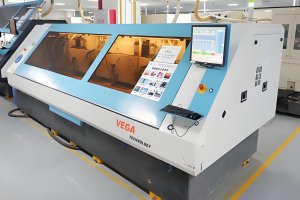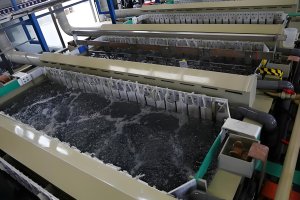CNC machining is like the magic wand of modern manufacturing, where intricate designs are brought to life with pinpoint accuracy. At the core of this marvel lies the program segment, the unsung hero that orchestrates every move of the machine. For anyone aspiring to excel in CNC machining, a deep dive into the structure and functionality of these program segments is indispensable. Whether you’re milling a complex part or turning a precise component, understanding these segments will give you the control and finesse needed to master the craft. Let’s unravel the intricacies of CNC program segments and see what makes them tick.
The Anatomy of a CNC Program Segment
A CNC program segment can include as many necessary program words as required. While some controllers limit the number of characters in a segment, this is more of a theoretical maximum, especially for Fanuc and similar controllers. In practical applications, the only real restriction is not using the same word (function or command) more than once in a segment, with the exception of G codes. For instance, you can’t have two M auxiliary functions or coordinate words for the X-axis in the same segment.
The format of words within a segment is quite flexible. This means that if the sequential program segment (N address) is written as the initial address, the order of the required program words can be arbitrary. However, it’s customary to arrange words in a logical order to make the CNC program more readable and understandable. The typical structure of a program segment depends significantly on the control system and the type of CNC machine. A typical program segment might include the following instructions, ideally arranged in this sequence, though not all are necessary for every segment:
- Program Segment Number (N)
- Preparatory Function (G)
- Auxiliary Function (M)
- Axis Movement Commands (XYZABCUVW)
- Words Related to Axes (IJKRQ)
- Machine or Tool Functions (SFT)
The content of a program segment will vary with the type of machine, but logically, regardless of the CNC system or machine, most basic rules must be followed.
Building a Program Segment Structure
Constructing a program segment structure requires the same thought and consideration as any other significant structure, like a building, car, or airplane. Good planning is essential right from the start. You need to decide what is and isn’t part of the program, determine the order of instructions within the segment, and consider many other factors.
Let’s compare the typical structures of milling and turning operation segments through a few examples, each segment being a standalone example.
Milling Program Segment Structure
In milling operations, the typical structure of a program segment reflects the nature of CNC machining centers or similar machines. Here are a couple of examples:
Example 1:
N11 G43 Z10.0 S780 M03 H01This is a typical tool length offset input, used along with spindle speed and spindle rotation direction.
Example 2:
N98 G01 X237.15 Y45.75 F150.0This segment represents a typical programming command for a simple linear cutting motion, using linear interpolation with an appropriate feed rate. Both examples use metric units.
Turning Program Segment Structure
For turning operations, a typical program segment structure will mirror the nature of CNC lathes or similar machines. Here are a couple of examples:
Example 1:
N67 G00 G42 X50.0 Z2.5 T0202 M08This segment represents rapid movement to an XZ position, along with other commands such as tool nose radius compensation start (G42), tool offset activation (T0202), and coolant “on” function (M08).
Example 2:
N23 G02 X75.0 Z-28.0 R5.0 F0.125This segment represents a typical arc interpolation program segment, using a feed rate of 0.125mm/rev.
Table: Example CNC Program Segments for Milling and Turning
| Segment Type | Example 1 | Example 2 |
|---|---|---|
| Milling | N11 G43 Z10.0 S780 M03 H01 | N98 G01 X237.15 Y45.75 F150.0 |
| Turning | N67 G00 G42 X50.0 Z2.5 T0202 M08 | N23 G02 X75.0 Z-28.0 R5.0 F0.125 |
These examples showcase how different the structure of a program segment can be based on the operation being performed. Yet, they follow a logical sequence that makes the CNC program efficient and easier to read.
Best Practices in CNC Program Segment Writing
When writing CNC program segments, certain best practices can enhance the efficiency and readability of your programs:
- Logical Sequencing: Arrange commands in a logical order, making the program easier to follow and troubleshoot.
- Consistent Formatting: Use a consistent format for all program segments, which helps in maintaining clarity and uniformity.
- Comments and Annotations: Include comments to explain complex segments or crucial commands, aiding in future reviews or modifications.
- Avoid Redundancy: Eliminate unnecessary repetition of commands within a segment to streamline the program.
- Test and Validate: Always test your programs on a simulator or a non-critical part to ensure accuracy before full-scale production.
Mastering CNC machining involves a deep understanding of program segments and their proper structuring. Whether you’re working on milling or turning operations, knowing how to construct effective program segments can significantly impact the quality and efficiency of your machining processes. By following best practices and continuously refining your programming skills, you’ll be well-equipped to tackle the complexities of CNC machining and produce high-quality parts with precision.
Other Articles You Might Enjoy
- Basic Knowledge of CNC Turning-Milling Compound Machining
Due to the different CNC systems configured on CNC milling machines, the instructions used vary in definition and function, but their basic functions and programming methods remain the same
- Revolutionizing Renewable Energy with CNC Machined Components
Introduction: Renewable Energy and CNC Machined Components Renewable energy harnesses power from natural sources such as the sun, wind, and water, making it a sustainable and eco-friendly alternative to traditional…
- Is Copper the Right Choice for Electrical Component CNC Machining? A Detailed Analysis
CNC Machining of Electrical Components Utilizing Copper In the field of electrical engineering, Computer Numerical Control (CNC) machining plays an integral role, particularly in the development and manufacturing of electrical…
- CNC Machining Brass vs. Bronze: Cost, Properties, and Applications Showdown?
Introduction to CNC Machining Brass vs. Bronze: Cost, Properties, and Applications Showdown? In this article, we delve into the debate between brass and bronze machining for an important manufacturing process…
- Precision Aluminum Machining for Aerospace: Custom CNC Services
Precision Aluminum Machining for Aerospace: Custom CNC Services In the world of manufacturing, precision aluminum machining plays a pivotal role, particularly in aerospace industries where superior precision is required. As…
- Custom CNC Machining Services: When to Choose Low Volume over High Volume Production?
Introduction to Custom CNC Machining and Volume Selection in Production Custom CNC machining is a technically advanced process that involves the use of computerized machinery to design, produce, and finish…






